Home>Construction & Tools>Building Materials>What Type Of Paint To Whitewash Brick
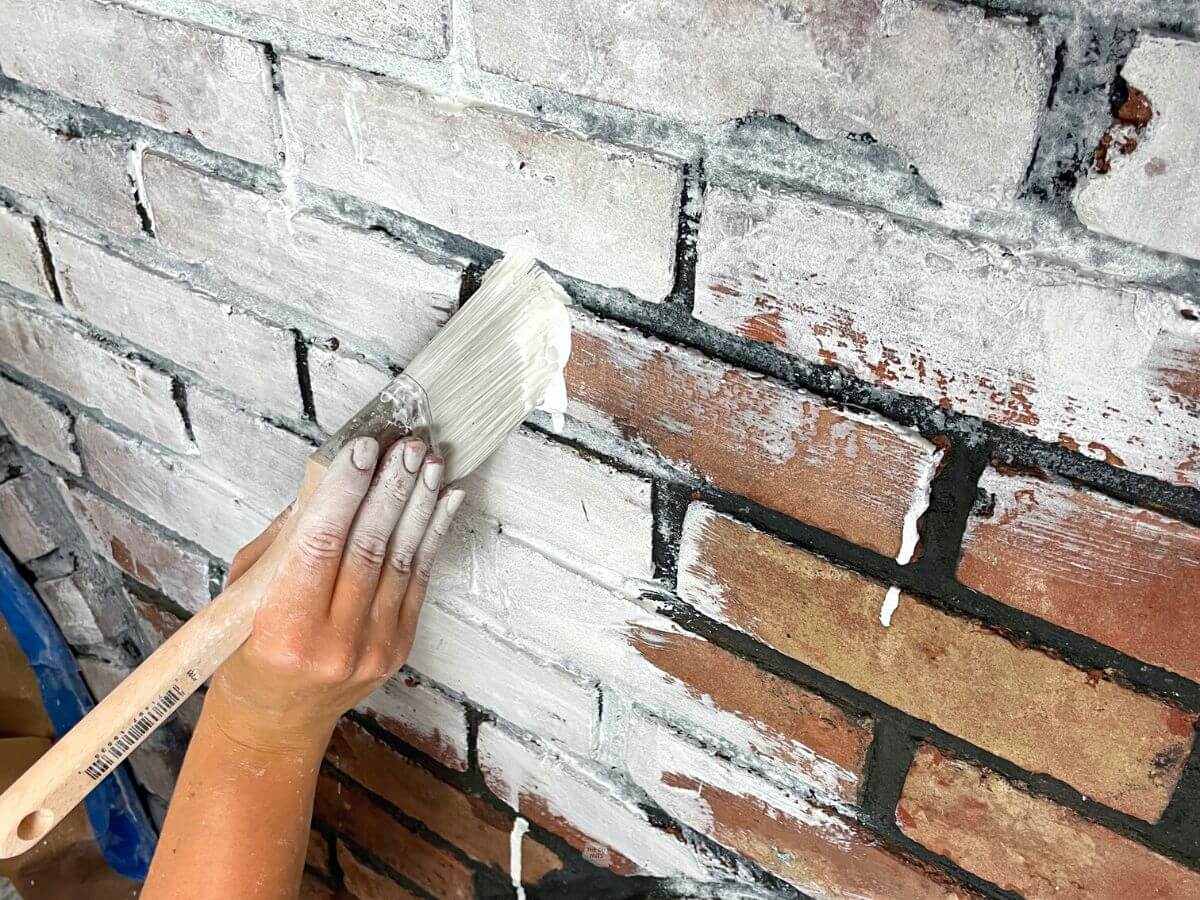

Building Materials
What Type Of Paint To Whitewash Brick
Modified: October 28, 2024
Discover the best building materials for whitewashing brick and transforming your space. Find out which type of paint is perfect for the job!
(Many of the links in this article redirect to a specific reviewed product. Your purchase of these products through affiliate links helps to generate commission for Storables.com, at no extra cost. Learn more)
Introduction
Whitewashing brick is a timeless technique that can transform the appearance of a space, adding a touch of rustic charm and character. Whether you're aiming for a cozy farmhouse aesthetic or a more contemporary look, whitewashing brick can breathe new life into your home or outdoor living area. However, the success of your whitewashing project hinges on selecting the right type of paint. In this comprehensive guide, we'll explore the various types of paint suitable for whitewashing brick, helping you make an informed decision for your next home improvement endeavor.
Whitewashing brick has gained popularity for its ability to soften the harshness of bare brick while still allowing its natural texture and character to shine through. It offers a versatile way to update the look of a fireplace, accent wall, or exterior facade, creating a visually appealing focal point. By understanding the different types of paint available for whitewashing brick and the factors to consider when choosing the right one, you can achieve the desired aesthetic effect while ensuring long-lasting durability.
As we delve into the world of whitewashing brick, we'll uncover the nuances of each paint type, from traditional lime-based whitewash to modern acrylic options. By the end of this guide, you'll be equipped with the knowledge to confidently select the ideal paint for your whitewashing project, whether you're aiming for a subtle, translucent finish or a more opaque, solid color transformation. Let's embark on this journey to discover the art and science of whitewashing brick, and empower you to breathe new life into your living spaces with confidence and creativity.
Key Takeaways:
- Whitewashing brick adds timeless charm to spaces, and choosing the right paint is crucial. Options like lime wash, whitewash paint, and masonry paint offer versatility and durability for different aesthetic effects.
- Before whitewashing brick, consider factors like desired finish, environmental exposure, application method, color options, and maintenance. Following tips for surface prep, testing, mixing, and application can ensure a successful and enduring outcome.
Read more: How To Whitewash Brick With Paint
Understanding Whitewashing Brick
Whitewashing brick is a technique that involves applying a thin, translucent layer of paint or lime mixture to brick surfaces. Unlike traditional paint, which covers the brick's texture and natural variations, whitewashing allows the inherent character of the brick to show through. This creates a soft, weathered look that complements various interior and exterior design styles.
The process of whitewashing brick dates back centuries and was initially used as a cost-effective way to brighten and protect exterior brick surfaces. Over time, it evolved into a popular decorative method, cherished for its ability to add warmth and visual interest to living spaces.
One of the key advantages of whitewashing brick is its versatility. It can be tailored to achieve different aesthetic effects, from a subtle, semi-transparent finish to a more opaque, solid color transformation. This adaptability makes it suitable for a wide range of architectural styles, from rustic farmhouse to modern industrial.
Whitewashing brick also offers practical benefits. It can help conceal imperfections in older or weathered bricks, providing a fresh, rejuvenated appearance. Additionally, the semi-translucent nature of whitewash allows for easy touch-ups and maintenance, as it naturally blends with the underlying brick surface.
When considering whitewashing brick, it's essential to understand the impact it can have on the overall ambiance of a space. The softened, muted tones created by whitewashing can evoke a sense of warmth and timelessness, making it an ideal choice for creating cozy, inviting interiors. Moreover, the technique can be used to highlight architectural features, such as fireplaces or accent walls, adding depth and character to a room.
In essence, understanding whitewashing brick involves recognizing its ability to enhance the aesthetic appeal of brick surfaces while preserving their natural texture and charm. By embracing the art of whitewashing, homeowners can infuse their living spaces with a touch of character and style, creating a welcoming environment that exudes timeless elegance.
Types of Paint for Whitewashing Brick
When it comes to whitewashing brick, selecting the right type of paint is crucial to achieving the desired aesthetic and ensuring long-lasting results. Several paint options are suitable for whitewashing brick, each offering unique characteristics and application methods. Understanding the distinctions between these paint types can empower you to make an informed choice for your whitewashing project. Let's explore the various types of paint commonly used for whitewashing brick:
1. Lime Wash:
Lime wash, a traditional and environmentally friendly option, has been used for centuries to whitewash brick and other masonry surfaces. Made from natural lime, water, and pigments, lime wash creates a breathable, matte finish that allows the underlying texture of the brick to remain visible. It offers a soft, aged appearance and is well-suited for historic or rustic settings.
2. Whitewash Paint:
Modern whitewash paint, often formulated with acrylic or latex, provides a convenient alternative to traditional lime-based mixtures. This type of paint offers a wider range of color options and can be easily applied with a brush, roller, or sprayer. Whitewash paint allows for greater control over the opacity of the finish, making it suitable for both subtle translucent effects and more solid coverage.
Read more: What Type Of Paint For Brick Fireplace
3. Masonry Paint:
Specifically designed for masonry surfaces, masonry paint is a durable option for whitewashing brick exteriors. It provides excellent adhesion and weather resistance, ensuring long-term protection against the elements. Available in various finishes, including matte and satin, masonry paint offers versatility in achieving different visual effects while enhancing the durability of the whitewashed surface.
4. Chalk Paint:
Chalk paint, known for its matte, velvety appearance, has gained popularity for whitewashing brick and achieving a vintage, shabby-chic aesthetic. This type of paint adheres well to porous surfaces and can be easily distressed or layered to create a weathered, time-worn look. Chalk paint also offers the flexibility to customize the level of distressing and aging, allowing for personalized artistic expression.
5. Acrylic Wash:
Acrylic wash, a diluted form of acrylic paint, provides a versatile option for whitewashing brick. It offers a translucent, watercolor-like effect when applied, allowing the natural variations of the brick to show through. Acrylic wash is available in a wide range of colors, enabling homeowners to achieve customized tones while benefiting from the durability and ease of application associated with acrylic paints.
By understanding the characteristics and application techniques of these paint types, you can make an informed decision based on your desired aesthetic, project requirements, and environmental considerations. Whether you opt for the timeless appeal of lime wash or the versatility of modern whitewash paint, selecting the right paint is a crucial step toward achieving a beautifully whitewashed brick surface that enhances the visual appeal of your living spaces.
Choosing the Right Paint for Your Project
Selecting the right paint for your whitewashing project is a pivotal decision that can significantly impact the outcome and longevity of the finish. When choosing the ideal paint for whitewashing brick, several factors should be considered to ensure that it aligns with your aesthetic vision and practical requirements.
First and foremost, consider the desired aesthetic effect. If you aim to achieve a subtle, translucent finish that allows the natural texture of the brick to show through, traditional lime wash or acrylic wash may be suitable options. On the other hand, if you prefer a more opaque, solid color transformation, modern whitewash paint or masonry paint can provide the coverage and versatility needed to achieve your desired look.
Additionally, assess the environmental factors that may affect the longevity of the whitewashed surface. For exterior brick surfaces exposed to the elements, such as facades or outdoor fireplaces, it's essential to choose a paint that offers superior weather resistance and durability. In such cases, masonry paint or acrylic wash, known for their ability to withstand outdoor conditions, may be the most suitable choices.
Consider the application method that aligns with your project scope and expertise. While traditional lime wash may require a specific application technique and multiple coats to achieve the desired effect, modern whitewash paint and masonry paint can be applied using standard painting tools, offering greater convenience and ease of application.
Furthermore, take into account the color options available with each paint type. If you have a specific color scheme in mind or seek a customized hue to complement your interior or exterior design, opt for a paint that offers a wide range of color choices, such as modern whitewash paint or acrylic wash.
Lastly, evaluate the maintenance and touch-up requirements associated with each paint type. Consider how easily the paint can be maintained and refreshed over time, especially in high-traffic areas or outdoor settings. Lime wash and acrylic wash, known for their ease of touch-ups and maintenance, may be preferable for spaces that require periodic upkeep.
By carefully considering these factors and weighing the unique attributes of each paint type, you can confidently choose the right paint for your whitewashing project. Whether you prioritize aesthetic versatility, durability, ease of application, or color customization, your informed decision will pave the way for a successful and visually captivating whitewashed brick surface that elevates the ambiance of your living spaces.
Read more: What Type Of Paint To Use On Brick
Tips for Whitewashing Brick
Whitewashing brick is a rewarding endeavor that can breathe new life into your living spaces, creating a timeless and visually captivating aesthetic. To ensure a successful whitewashing project, consider the following tips that can enhance the outcome and streamline the process:
-
Surface Preparation: Before applying the whitewash, thoroughly clean the brick surface to remove dirt, dust, and any existing coatings. Use a wire brush and mild detergent to scrub the surface, ensuring optimal adhesion for the whitewash.
-
Test Application: Prior to whitewashing the entire surface, conduct a test application on a small, inconspicuous area of the brick. This allows you to assess the compatibility of the paint with the brick surface and determine the desired opacity and coverage.
-
Consistent Mixing: If you opt for traditional lime wash or a DIY whitewash mixture, ensure consistent mixing of the ingredients to achieve a uniform texture and color. Proper mixing is essential for a cohesive and balanced application.
-
Appropriate Dilution: When working with lime wash or acrylic wash, consider the dilution ratio to achieve the desired translucency. Experiment with different dilution levels to find the perfect balance between coverage and the visibility of the underlying brick texture.
-
Even Application: Whether using a brush, roller, or sprayer, strive for an even application of the whitewash across the entire surface. Consistent strokes and coverage help maintain a cohesive and harmonious finish.
-
Layering Technique: For those aiming for a distressed or aged look, consider employing a layering technique with chalk paint or diluted acrylic wash. This method allows for controlled distressing and the creation of a weathered, time-worn appearance.
-
Sealing for Protection: After the whitewash has dried, consider applying a clear masonry sealer to protect the surface from moisture and staining. This step is particularly important for exterior brick surfaces exposed to the elements.
-
Regular Maintenance: To preserve the beauty of the whitewashed surface, perform regular maintenance by gently cleaning with a soft brush or cloth. Touch up any areas that may have experienced wear or discoloration over time.
By incorporating these tips into your whitewashing project, you can navigate the process with confidence and precision, ensuring a stunning and enduring result that enhances the charm and character of your brick surfaces. Whether you're embarking on a small interior update or a transformative exterior renovation, these tips serve as valuable guidelines for achieving a beautifully whitewashed brick finish that elevates the ambiance of your living spaces.
Conclusion
In conclusion, the art of whitewashing brick presents a versatile and timeless approach to enhancing the aesthetic appeal of interior and exterior spaces. By understanding the nuances of whitewashing and the various types of paint available, homeowners can embark on transformative projects with confidence and creativity.
Whitewashing brick offers a harmonious balance between preserving the natural texture of brick surfaces and infusing them with a soft, weathered charm. Whether aiming for a subtle, translucent finish or a more solid color transformation, the choice of paint plays a pivotal role in achieving the desired aesthetic effect. From traditional lime wash to modern acrylic options, each paint type offers unique characteristics that cater to diverse design preferences and practical requirements.
The process of choosing the right paint for a whitewashing project involves careful consideration of factors such as aesthetic vision, environmental exposure, application method, color customization, and maintenance needs. By weighing these considerations and aligning them with individual project goals, homeowners can make informed decisions that lay the foundation for successful and enduring whitewashed brick surfaces.
Furthermore, the tips for whitewashing brick serve as valuable guidelines for navigating the application process with precision and attention to detail. From surface preparation to maintenance, these tips empower homeowners to execute their whitewashing projects efficiently, ensuring a stunning and long-lasting outcome that elevates the ambiance of their living spaces.
In essence, the journey of whitewashing brick is a celebration of creativity, craftsmanship, and the timeless allure of natural materials. It offers a canvas for personal expression and design innovation, allowing homeowners to infuse their living spaces with character and style. Whether revitalizing a fireplace, accent wall, or exterior facade, whitewashing brick stands as a testament to the enduring charm and versatility of this age-old technique.
As homeowners embark on their whitewashing endeavors, armed with knowledge, inspiration, and practical insights, they have the opportunity to transform their living spaces into inviting, visually captivating environments that exude warmth and elegance. With the right paint, thoughtful planning, and a touch of creativity, the art of whitewashing brick becomes a journey of self-expression and design mastery, enriching the tapestry of home living with enduring beauty and character.
Eager to refine your painting skills further? Dive into our feature on expert-approved painting techniques. We've rounded up some smart strategies that can transform any novice into a savvy painter. Whether you're tackling a major renovation or just sprucing up a room, these methods ensure stunning results. So, brush up on your skills and give those walls a fresh, professional look!
Frequently Asked Questions about What Type Of Paint To Whitewash Brick
Was this page helpful?
At Storables.com, we guarantee accurate and reliable information. Our content, validated by Expert Board Contributors, is crafted following stringent Editorial Policies. We're committed to providing you with well-researched, expert-backed insights for all your informational needs.
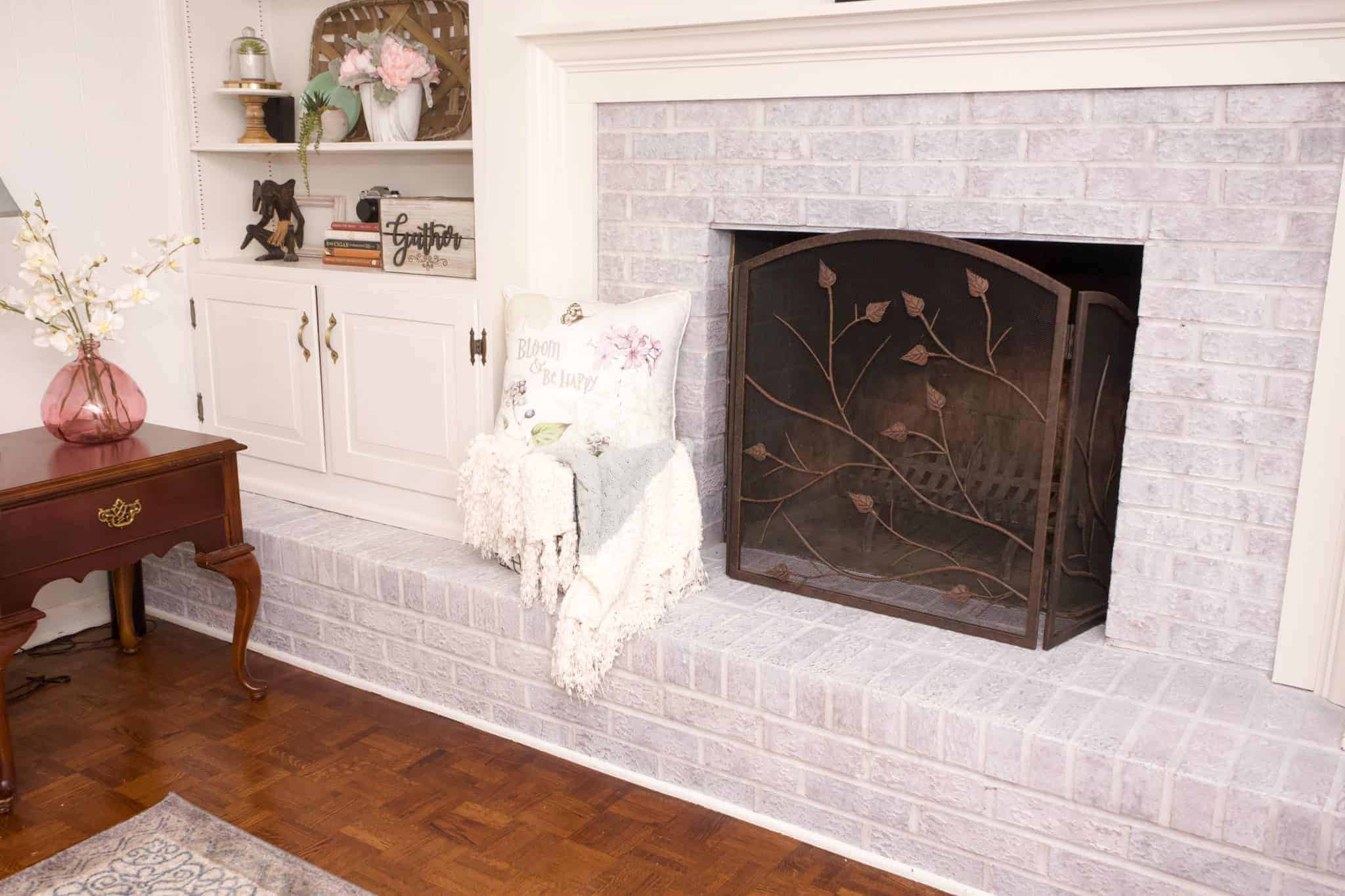

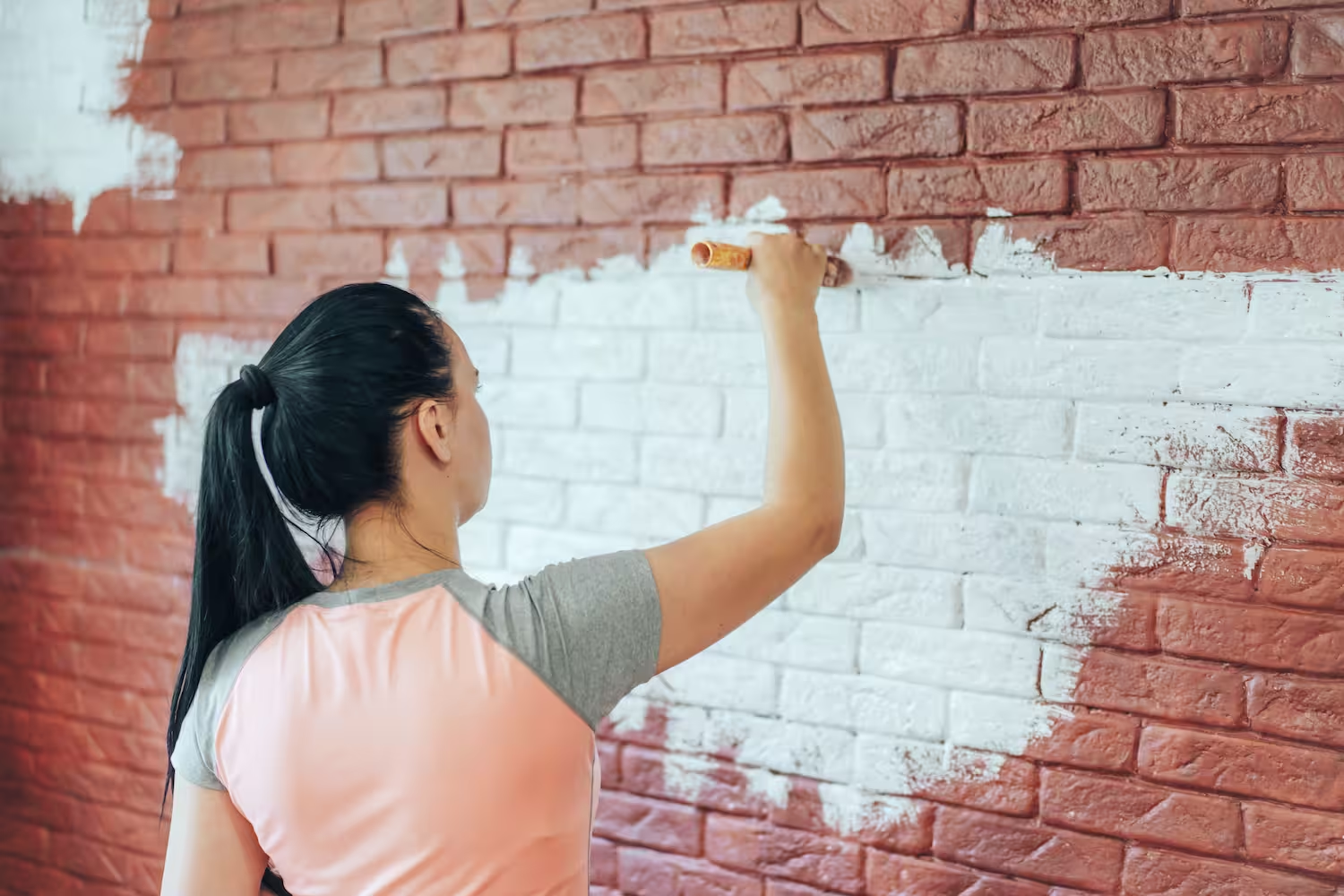

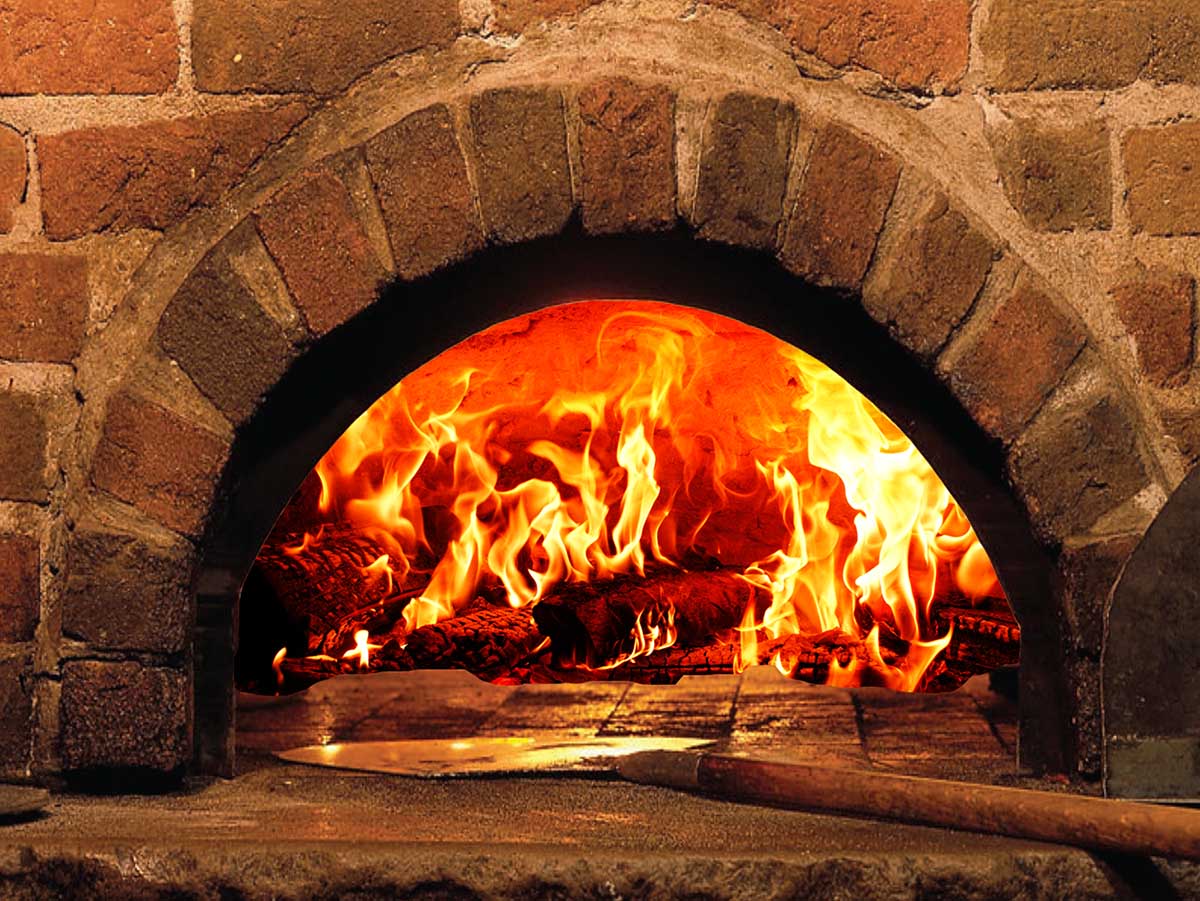
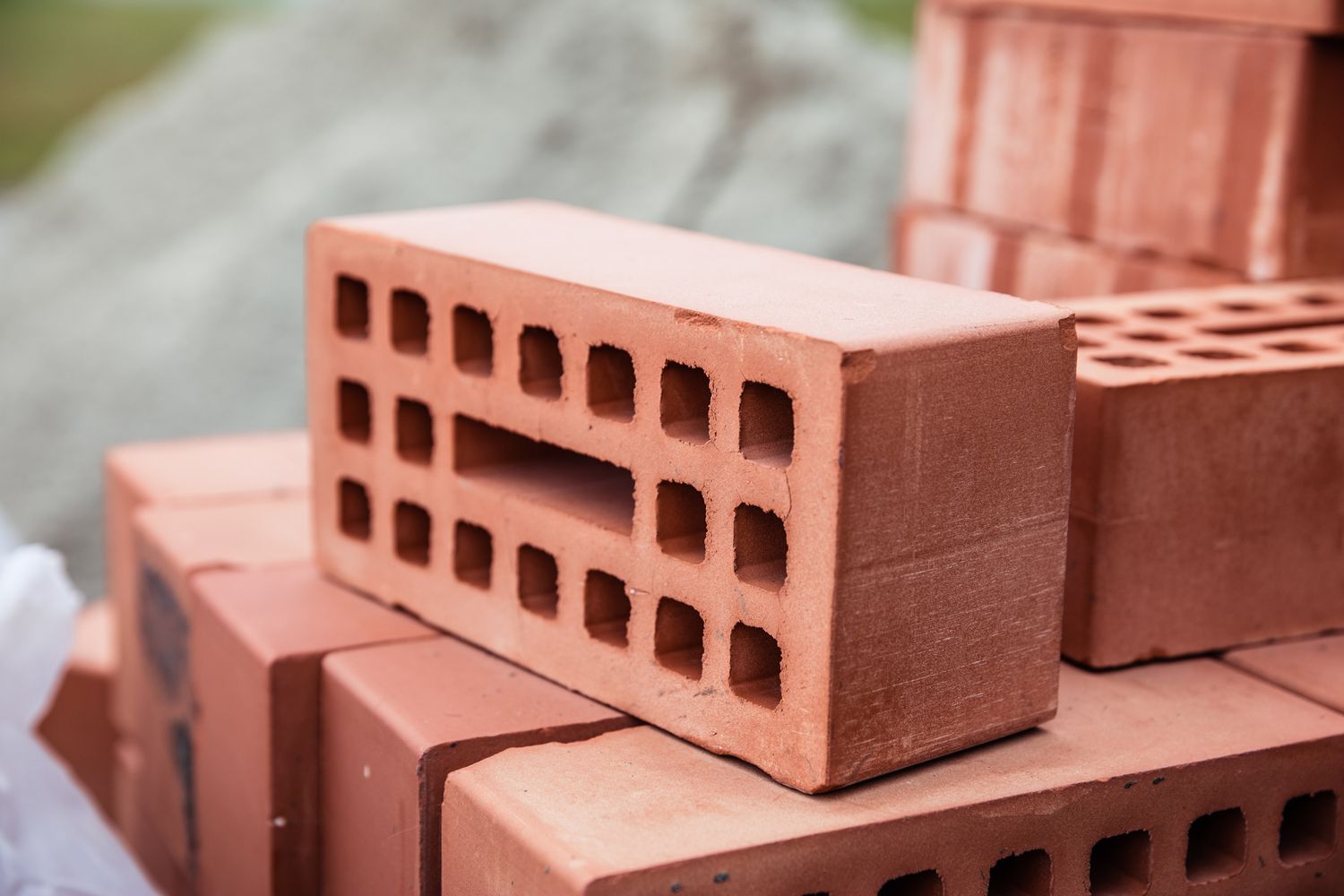
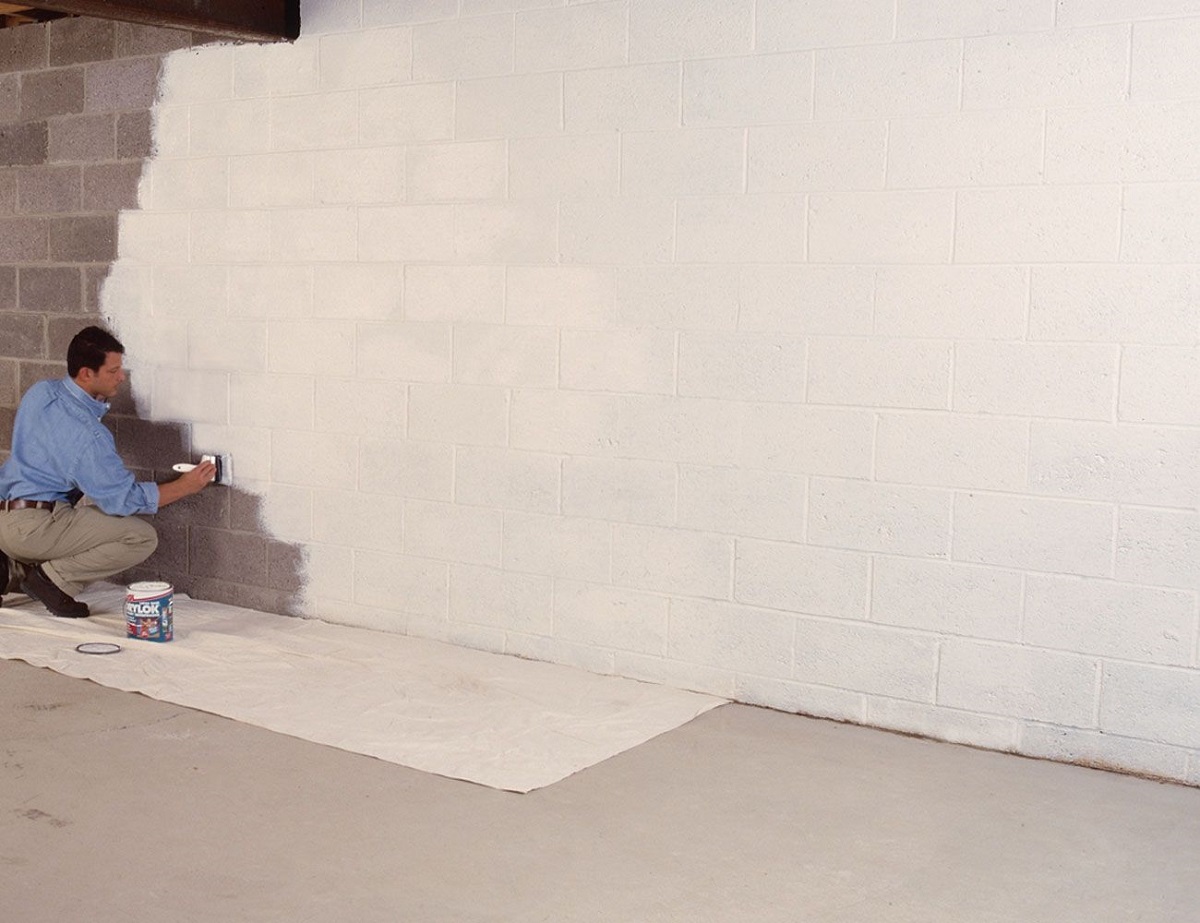
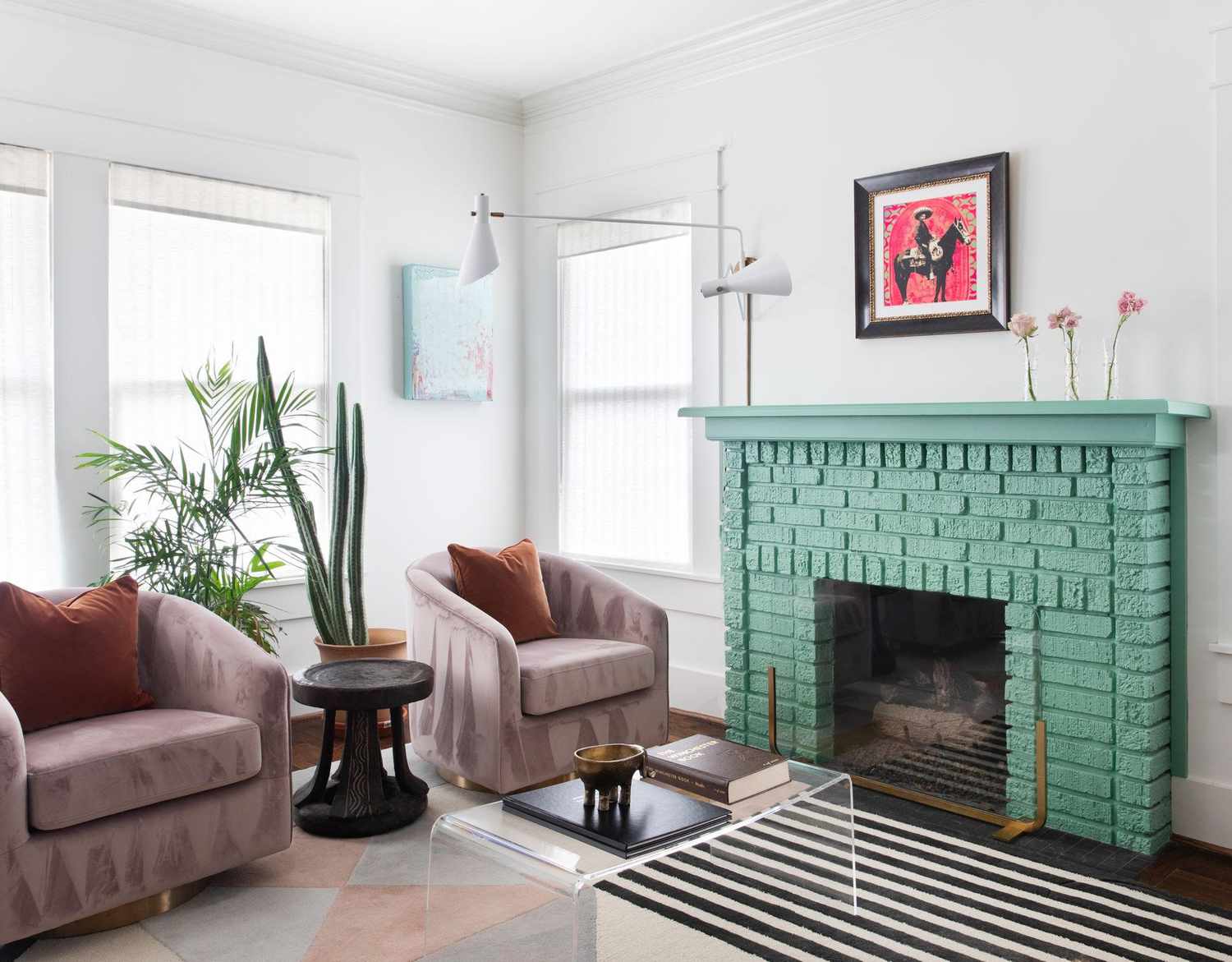
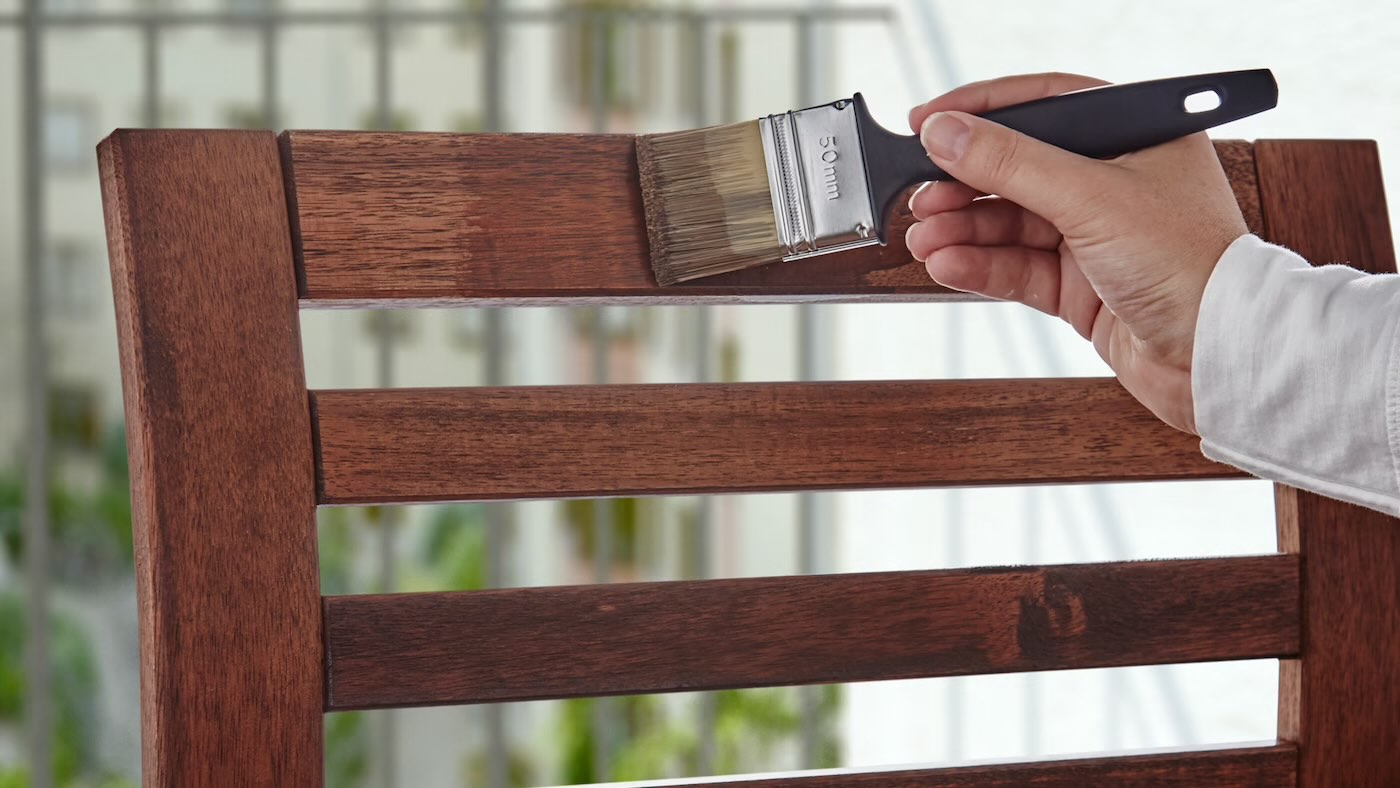
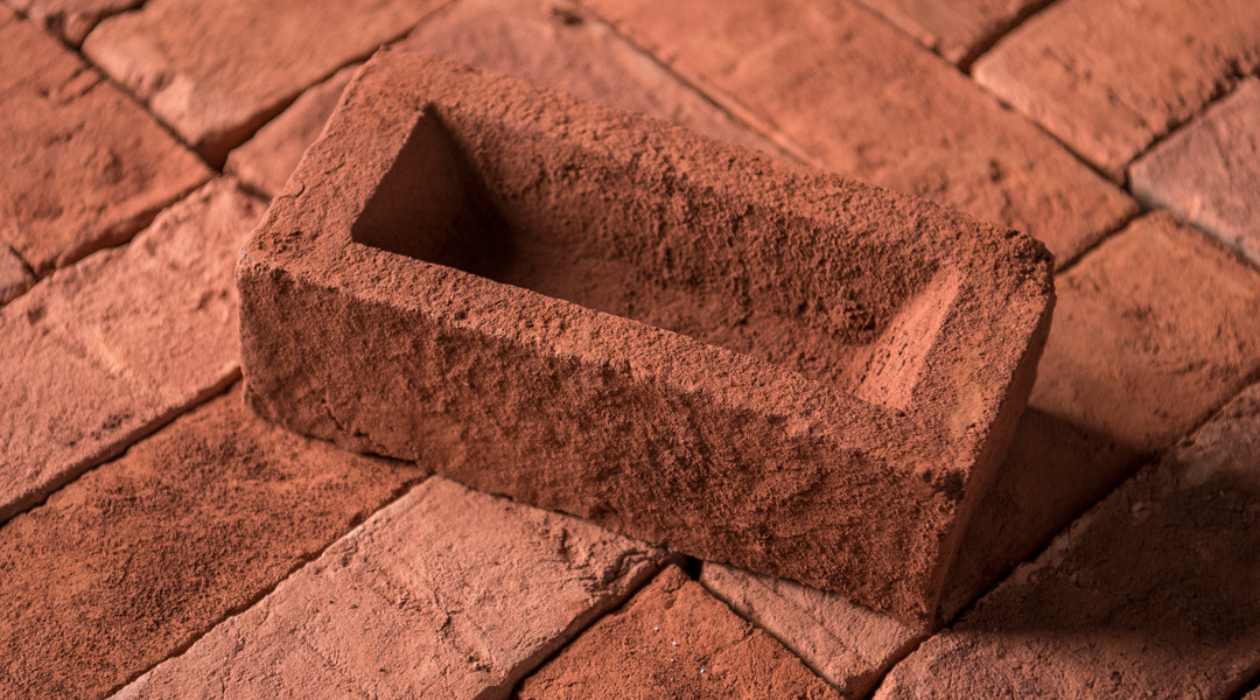
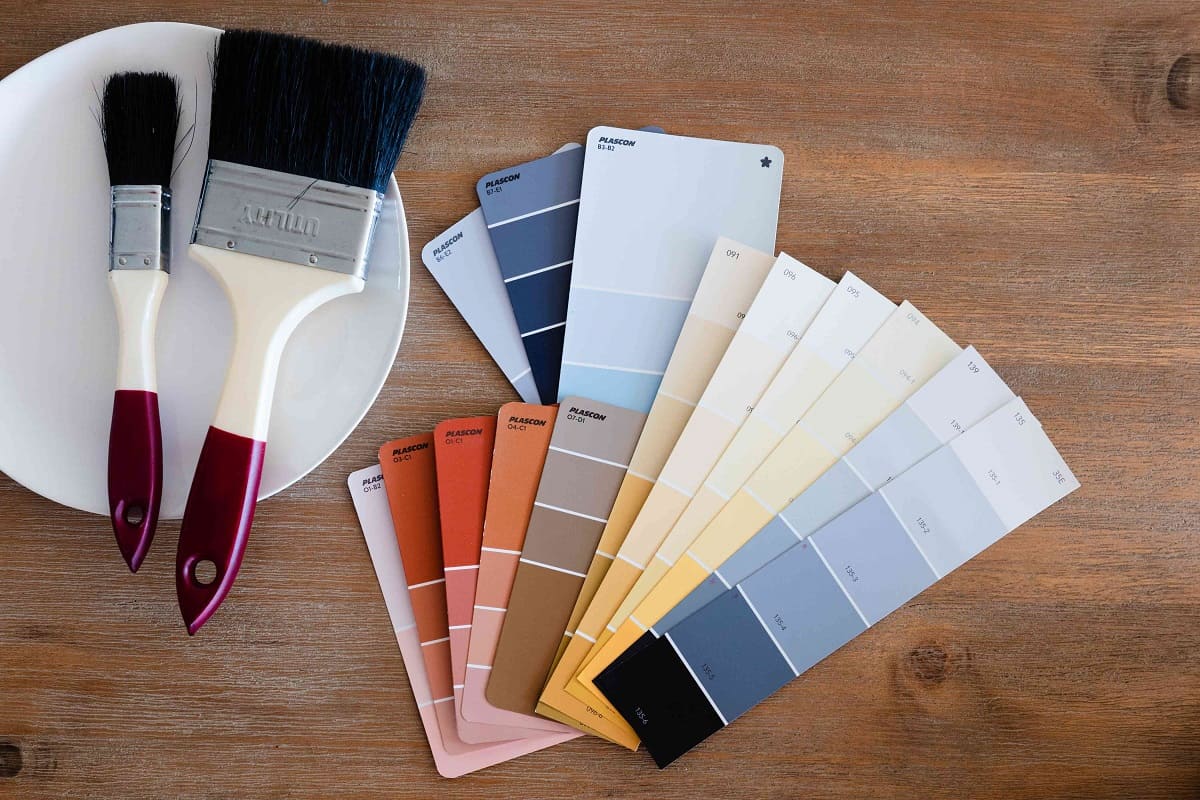
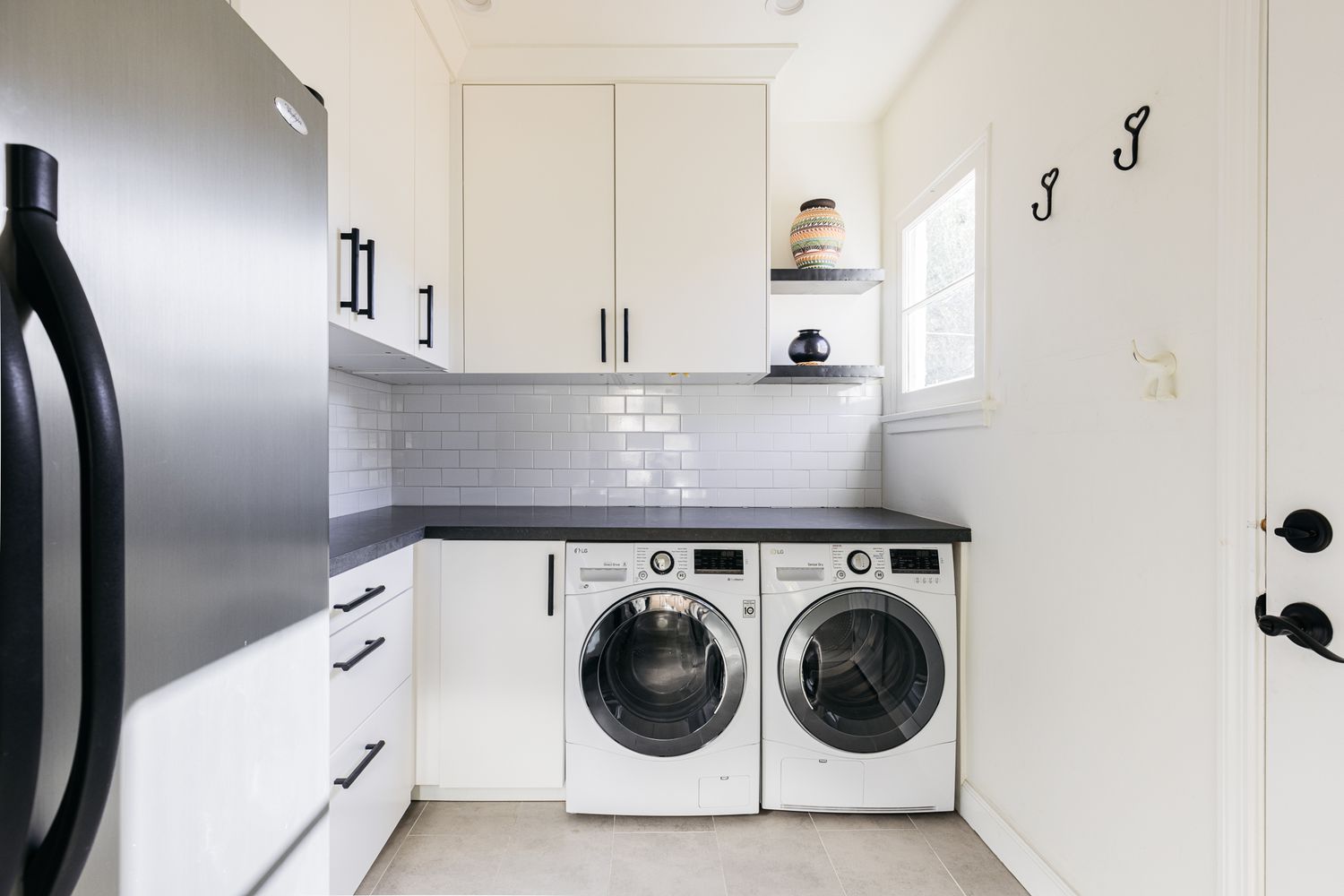
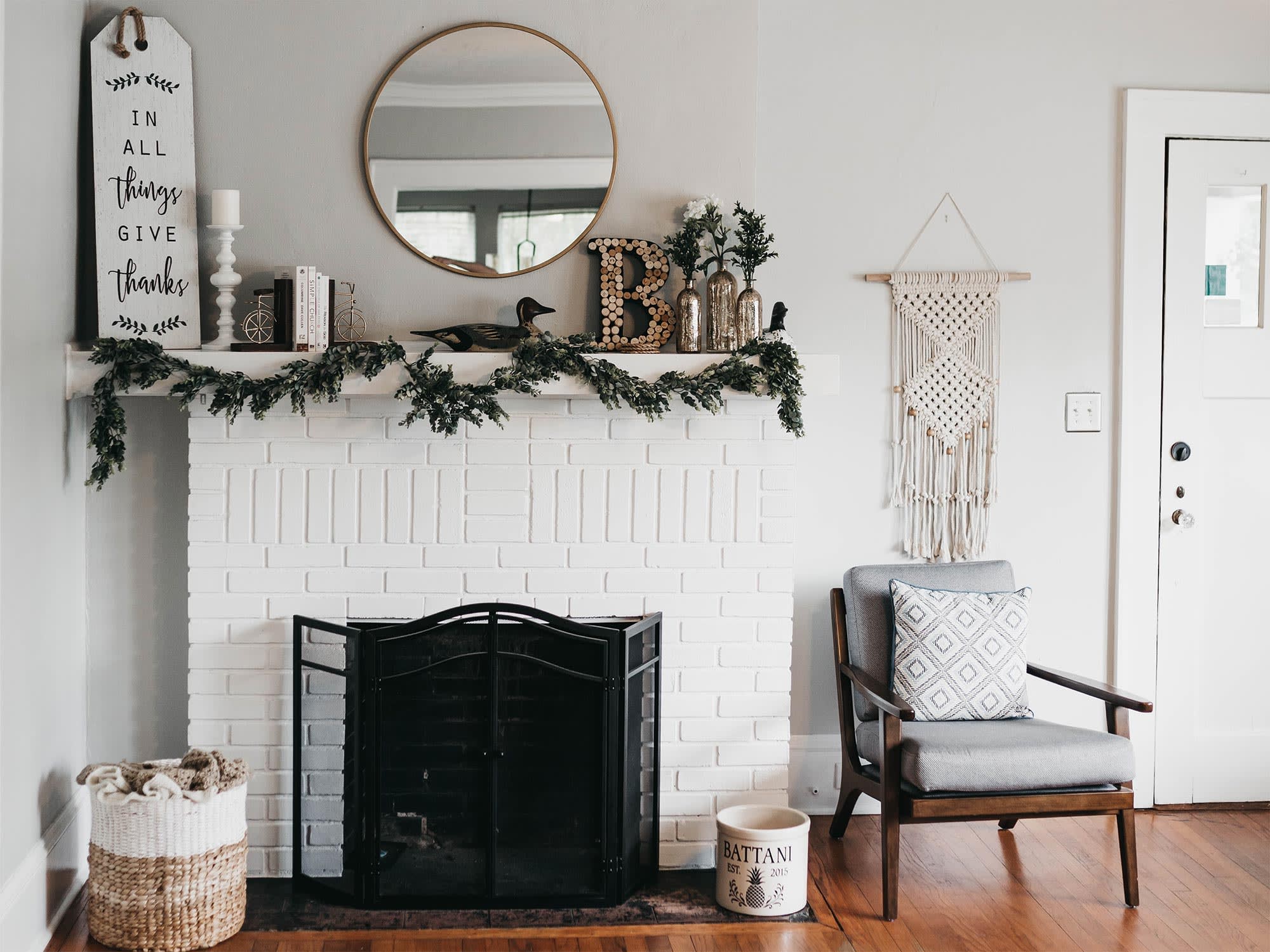

0 thoughts on “What Type Of Paint To Whitewash Brick”